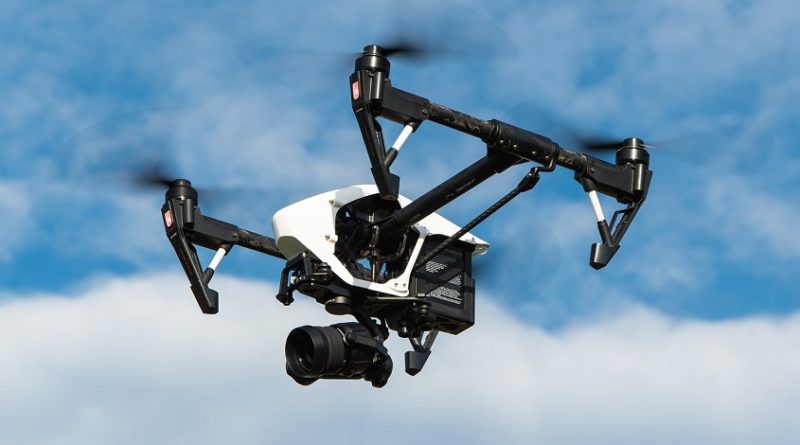The Role of Machine Learning in Autonomous Systems and Its Potential for Transforming Transportation
Machine learning in autonomous systems can improve efficiency, safety and automation of transportation, from self-driving cars to drones and traffic management systems. Challenges like data privacy and technical limitations need to be overcome to fully realize the potential.
Machine learning is crucial in autonomous systems as it allows the system to learn, adapt, and make decisions on its own, without human intervention. This enables the system to handle complex situations and improve its performance over time, making them more reliable and efficient.
The potential for machine learning in autonomous systems to transform transportation is immense. It can lead to safer and more efficient transportation systems, reduce human error and traffic congestion, improve logistics and supply chain management, and ultimately, enhance the overall transportation experience for users.
Autonomous Systems and Machine Learning
Autonomous systems refer to technology that can function independently without human intervention. These systems use sensors, cameras, and other devices to gather data, and then use that data to make decisions and carry out tasks. Machine learning is a subset of artificial intelligence that enables systems to learn from data, identify patterns, and make predictions.
In autonomous systems, machine learning plays a vital role in allowing the system to learn and adapt to its environment, make decisions and take actions based on the data it receives. For example, self-driving cars use machine learning to understand and interpret the data from cameras and sensors, such as traffic signs, pedestrians and other vehicles, and then make decisions on how to navigate the road.
There are several types of machine learning algorithms that are used in autonomous systems, such as supervised learning, unsupervised learning, and reinforcement learning. Supervised learning is used to train the system using labeled data, unsupervised learning is used to identify patterns in the data without the need for labeled data, and reinforcement learning is used to train the system to make decisions based on rewards and penalties.
Applications of Machine Learning in Transportation
Machine learning has the potential to revolutionize transportation in a number of ways. Some of the key applications of machine learning in transportation include:
- Self-driving cars: Machine learning is used in autonomous vehicles to process sensor data and make decisions about steering, braking, and acceleration. This can lead to safer and more efficient transportation, as well as increased mobility for people who are unable to drive.
- Intelligent traffic systems: Machine learning can be used to analyze traffic data and optimize traffic flow, reduce congestion, and improve safety on the road. This can help to reduce travel time, fuel consumption, and air pollution.
- Drones and unmanned aerial vehicles (UAVs): Machine learning can be used to control the navigation and flight of drones and UAVs, which can be used for tasks such as package delivery, search and rescue, and surveillance.
- Logistics and supply chain management: Machine learning can be used to optimize transportation routes, predict demand, and improve the efficiency of logistics and supply chain operations. This can help to reduce costs and improve delivery times.
Overall, Machine learning has the potential to improve the efficiency, safety, and sustainability of transportation systems, and to open up new opportunities for innovation and growth in the transportation industry.
Challenges and Limitations
While the potential for machine learning in autonomous systems is significant, there are also a number of challenges and limitations that need to be considered. Some of the key challenges and limitations include:
- Technical challenges: Implementing machine learning in autonomous systems can be complex and time-consuming, and requires significant expertise in both machine learning and systems engineering.
- Data privacy and security: Autonomous systems generate and process large amounts of data, which can raise concerns about privacy and security. Ensuring that this data is protected and used responsibly is a significant challenge.
- Ethical and legal considerations: Autonomous systems raise a number of ethical and legal questions, such as who is liable in the event of an accident, and how to ensure that the system is fair and unbiased.
- Data Quality and Quantity: Machine learning models require large amounts of high-quality data to be trained. Collecting, cleaning, and labelling this data can be a time-consuming and expensive task.
- System Complexity: Autonomous systems are complex, and the interactions between different components can be difficult to predict. This can make it challenging to ensure that the system is safe and reliable.
- Technical limitations: Machine learning algorithms are based on mathematical models that can only approximate the real world. Therefore, some uncertainty and errors can be expected from the predictions and decisions made by these models.
Overall, while the potential for machine learning in autonomous systems is significant, addressing these challenges and limitations will be crucial to realizing that potential.




